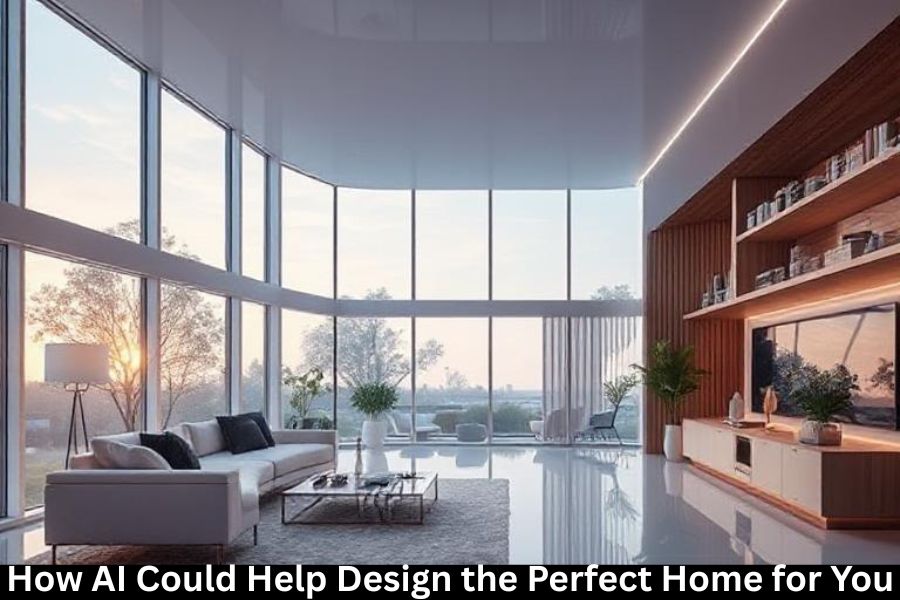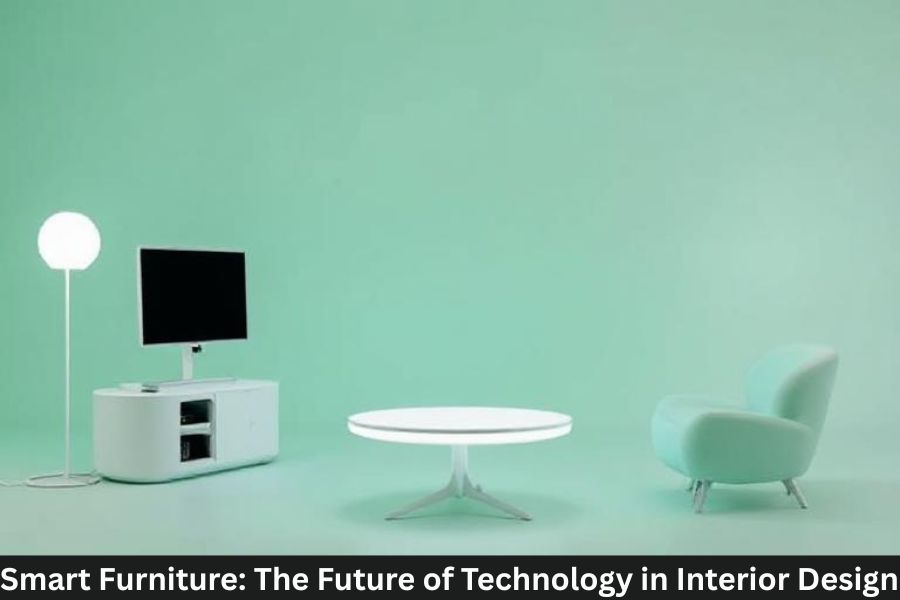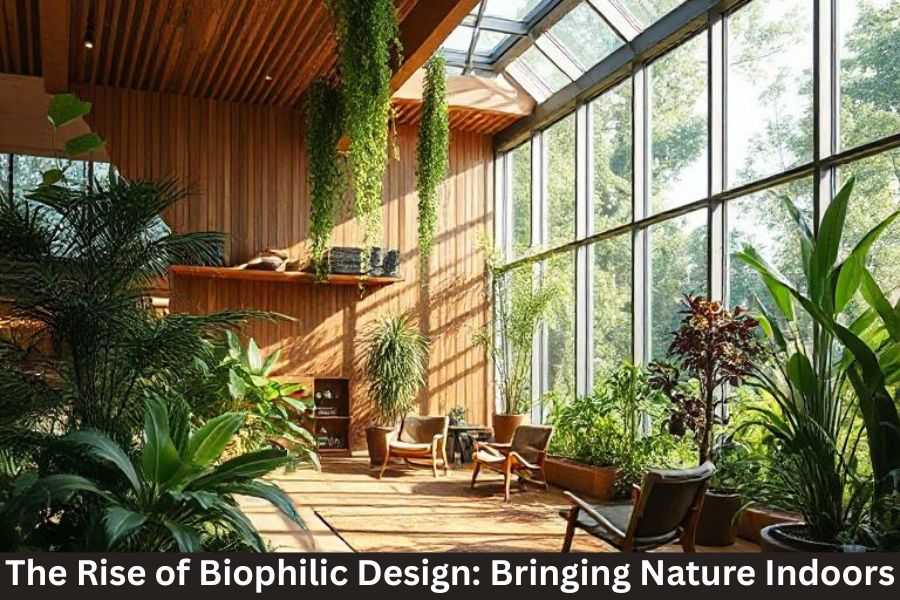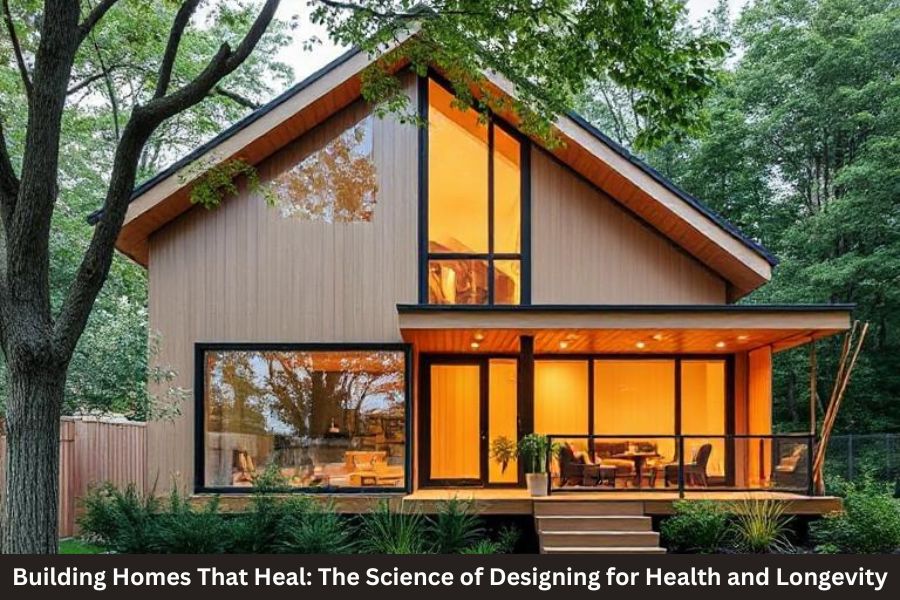Designing a home that perfectly fits your lifestyle, preferences, and needs is often a complex and time-consuming process. From choosing layouts and materials to optimizing space and aesthetics, home design involves countless decisions. But what if artificial intelligence (AI) could simplify and personalize this process—helping you create your dream home with precision, speed, and ease?
AI is increasingly transforming industries, and architecture and home design are no exceptions. Here’s how AI could help design the perfect home tailored specifically for you.
Personalized Design Through Data Analysis
AI systems can analyze vast amounts of data about your preferences, habits, lifestyle, and even local climate conditions. By processing this information, AI can generate home designs that align closely with what you want.
For example, AI might learn your favorite room layouts, color schemes, and functional requirements to create customized floor plans that suit your daily routine. It can also suggest smart home integrations based on your technology usage.
Optimizing Space and Functionality
One of the biggest challenges in home design is making the most of available space. AI algorithms can efficiently optimize floor plans by simulating different configurations and layouts to maximize comfort, natural light, airflow, and functionality.
Whether you need an open-plan living area, a home office, or extra storage, AI can generate multiple design options and recommend the best use of space tailored to your lifestyle.
Cost and Energy Efficiency
AI-powered tools can analyze building materials, construction costs, and energy consumption to help you design a home that’s both affordable and sustainable. By evaluating factors such as insulation, orientation, and appliance choices, AI can suggest ways to reduce energy bills and environmental impact.
This level of insight allows homeowners to balance aesthetics, comfort, and budget without compromising on quality.
Virtual Reality and Interactive Design
With AI combined with virtual reality (VR), you can “walk through” your future home before it’s built. AI-powered VR platforms allow you to explore different design options in immersive 3D, making it easier to visualize spaces, experiment with colors, and make real-time changes.
This interactive approach helps you make informed decisions and avoid costly mistakes.
Streamlining Communication With Builders and Architects
AI can also serve as a bridge between you and construction professionals. AI tools can translate your design preferences into technical blueprints and ensure accurate communication, minimizing misunderstandings and delays.
Furthermore, AI can track project timelines, budgets, and materials, offering recommendations to keep the build on track and within budget.
Examples of AI in Home Design Today
- Planner 5D: An AI-driven design tool that lets users create detailed floor plans and visualize them in 3D with AI suggestions.
- TestFit: A platform that uses AI to automate the creation of building layouts optimized for cost and space.
- Modsy: Combines AI and interior design experts to provide personalized room designs based on your preferences and budget.
FAQs About AI and Home Design
Q1: Can AI replace architects and interior designers?
No. AI is a powerful assistant but human creativity, experience, and personal touch remain essential in home design.
Q2: Is AI home design expensive?
Many AI design tools are affordable or even free. The overall cost depends on your specific needs and professional involvement.
Q3: How accurate are AI-generated designs?
AI designs are based on data and algorithms, offering high accuracy, but should always be reviewed by professionals before construction.
Q4: Can AI consider accessibility needs?
Yes, AI can be programmed to incorporate accessibility features for people with disabilities or special requirements.
Q5: How long does AI home design take?
Design timelines vary, but AI significantly speeds up initial planning and iteration phases compared to traditional methods.



